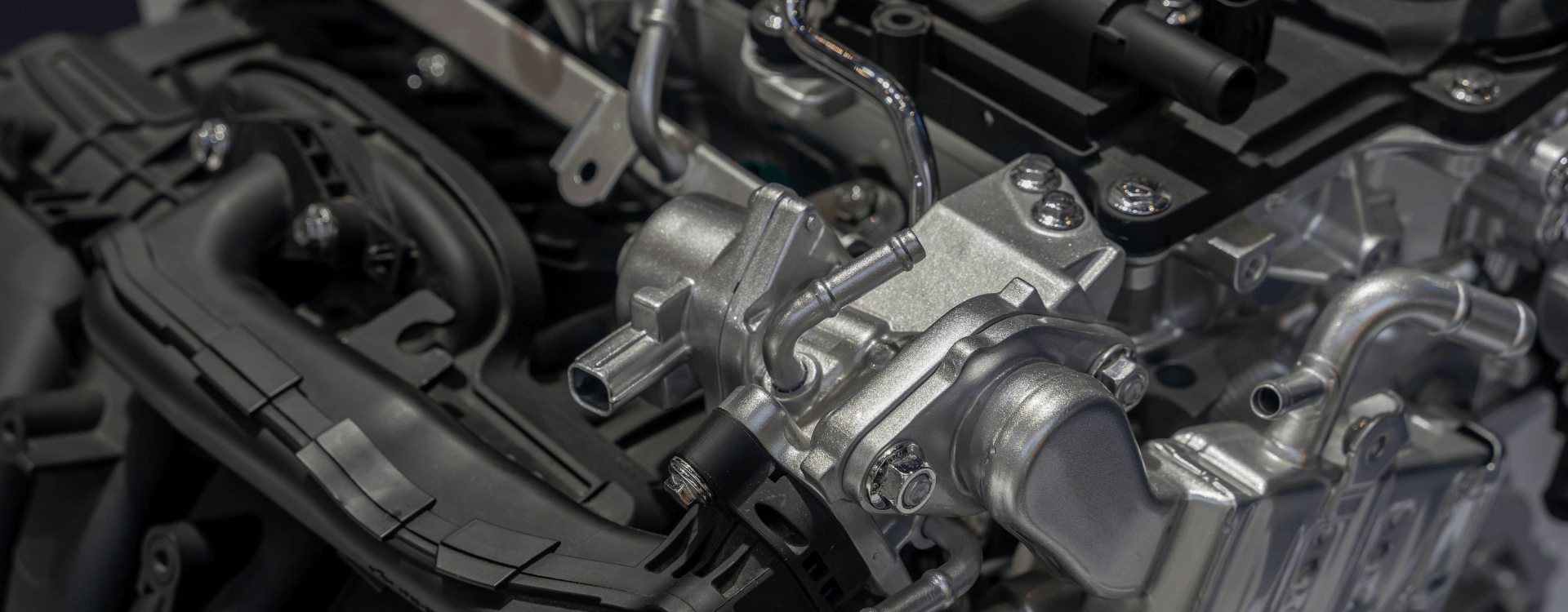
All about the exhaust gas temperature sensor
Inevitably, an internal combustion engine gets hot. The exhaust gases passing through the line can reach very high temperatures. However, to optimise the operation of a particulate filter (for example), this temperature must be conducive to regeneration. To solve this problem, car manufacturers have installed an exhaust gas temperature sensor on the vast majority of current thermal models. But sometimes it breaks down...
What is the exhaust gas temperature sensor ?
The exhaust gas temperature sensor is in the form of a probe. This logically has two ends. On the one hand, there is the probe, which connects directly to the exhaust line. The connection can be made before or after the turbocharger or the particle filter. On some models, there may be several such sensors. However, the other end is connected directly to the engine's electronic control unit. The data is thus transmitted from the sensor probe to the card, to make adjustments directly within the mapping. While exhaust gas temperature sensors are found on internal combustion cars, petrol and diesel cars do not work in the same way. For diesel engines, the main interest of the sensor is to trigger regular regeneration cycles of the particulate filter. For petrol engines, the interest is above all preventive, in order to avoid abnormal overheating of the engine. But in both cases, the replacement of the sensor is essential in the event of failure. But by the way, where can you find this sensor ?
Where is the exhaust gas temperature sensor located ?
The exhaust gas temperature sensor is often located around the turbocharger. It can be located before or after. Sometimes this sensor takes place just before the DPF. The proximity to the particulate filter allows for very accurate temperature readings, to optimise the regeneration phases.
How to test this sensor ?
The gas temperature sensor wears fairly unevenly over time. Only, it is common that regular exposure to high temperatures leads to premature wear of the components. Often the cable wears out the fastest. Regular twisting can also increase wear. In reality, if the sensor is working, then it is working. Conversely, wear and tear can become apparent very quickly by analysing a few symptoms, which are discussed in more detail below.
Exhaust gas sensor wear symptoms
• Engine light display: if the sensor is faulty, then the sensor may come back with wrong, incorrect or incomplete information. This usually displays the engine light and a fault code may appear: P0544, P0546, P0549, P2031, P2033 or P247A. • Increased fuel consumption: Exhaust gas temperature is used to initiate particulate filter regeneration, so the information must be reliable. If the sensor is faulty, regenerations may take longer and be more regular; • Impossibility of measuring emissions: measuring pollutant emissions may become impossible if the EGR system is no longer fully operational due to bad information coming back from the exhaust gas temperature sensor; • Premature wear of the line: if the exhaust line temperature sensor is no longer in working order, you will not necessarily be alerted in case of overheating, for example. This can lead to premature wear of the exhaust system itself, but also of the engine. As you can see, an exhaust gas temperature sensor is necessary for the proper functioning of a combustion engine. In case of doubt, it must be replaced. But how do you replace this part ?
How to replace it ?
To replace the exhaust gas temperature sensor, first locate it and then disconnect the negative terminal from the battery, for safety. Depending on the car model, this may require lifting. Take a socket spanner and some tools. Start by disconnecting the electrical connector from the sensor. Be careful not to damage other connectors. Gently disconnect the sensor. Prepare the new sensor, adding an anti-seize agent, such as grease. This will make it easier to dismantle later. Finally, fit the connector and reconnect the battery. Use a diagnostic tool to clear any remaining fault codes. Switch on the ignition and take the car for a test drive. If in doubt, have the assembly checked by a professional.
Should a professional be called in ?
While replacing an exhaust gas temperature sensor is not very complex, it does require some basic mechanical skills. If you prefer to leave the operation to a professional, you should know that the cost is generally minimal, as a quarter of an hour is more than enough to replace the element. Labour costs are usually no more than £40.
What you need to know about the exhaust gas temperature sensor
The exhaust gas temperature sensor is one of those small mechanical parts that are essential to the good condition of an engine. If in doubt, it is best to replace the sensor and its probe.
Do you want to know if your Catalytic Converter is Bad ? Do you want to know if your DPF is clogged ?










